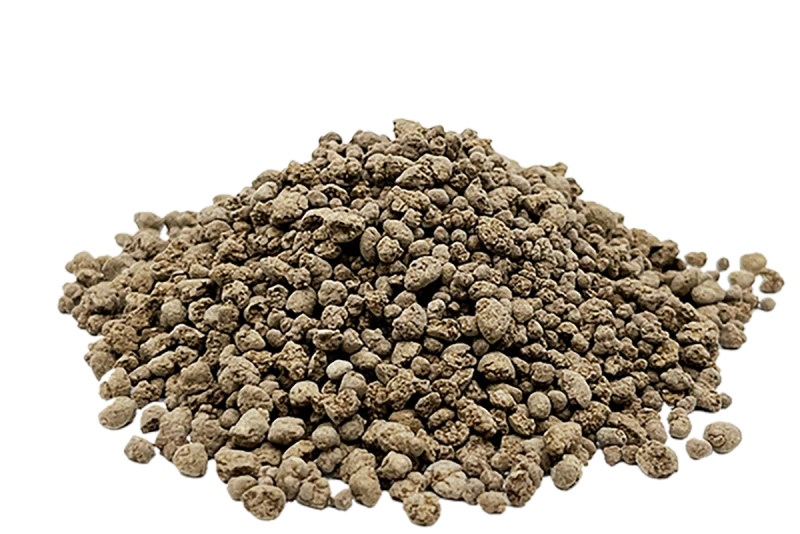Advertise Follow Us
Soil Health
View the secret underground world of soil livestock —including beneficial bacteria, mycorrhizal fungi and earthworms — that are essential to building healthy soils and reducing your cost of production.
ARTICLES
Garretson, S.D., farmer details journey from conventional tillage to strip-till & no-till
Read More
[Podcast] Precision & Persistence: Strip-Till Insights from Innovator Ray Flickner
On this edition of the Strip-Till Farmer podcast, brought to you by Environmental Tillage Systems (ETS), we pay a visit to 2025 Strip-Till Innovator Ray Flickner in Moundridge, Kan.
Read More
Strip-Till Revives Soil After Years of Conventional Tillage
Third-generation farmer solves erosion problems with strip-till & cover crops
Read More
How Balancing Micronutrients Can Boost Strip-Till Yields
Micronutrients only make up about 2% of a typical fertility program, but failing to manage them properly can limit yield potential significantly
Read More
Strip-Till Makes ‘Everything Possible’ for Expanding Dairy Operation
Lease-to-own program enables farmer to see benefits of strip-till in challenging climate
Read More
[Podcast] All-Star Panel Discusses State of Conservation Ag — Strip-Till, Cover Crops & More
On this edition of the Strip-Till Farmer podcast, brought to you by Environmental Tillage Systems (ETS), we’re headed to Sioux Falls, S.D., for the Conservation in Action Tour and a special panel discussion about the state of soil conservation.
Read More
2025 National Strip-Tillage Conference
Strip-Tilling Outside the Lines with Intercropping, Stock Cropping & More
Read MoreThe Andersons’ New Phosphorus Investment: Product Advancement and Distribution
In addition to the expanded distribution for the company, this agreement also included The Andersons venture capital arm, Maumee Ventures, investing in Phospholutions.
Read More
Opening Remarks for 2025 CTIC Conservation in Action Tour
Tony Sunseri, USDA NRCS State Conservationist for South Dakota, opened the CTIC Conservation in Action Tour on May 7, 2025, at Ryan and Christina Larson’s farm in Minnehaha County.
Read More













.png?1692902920)









